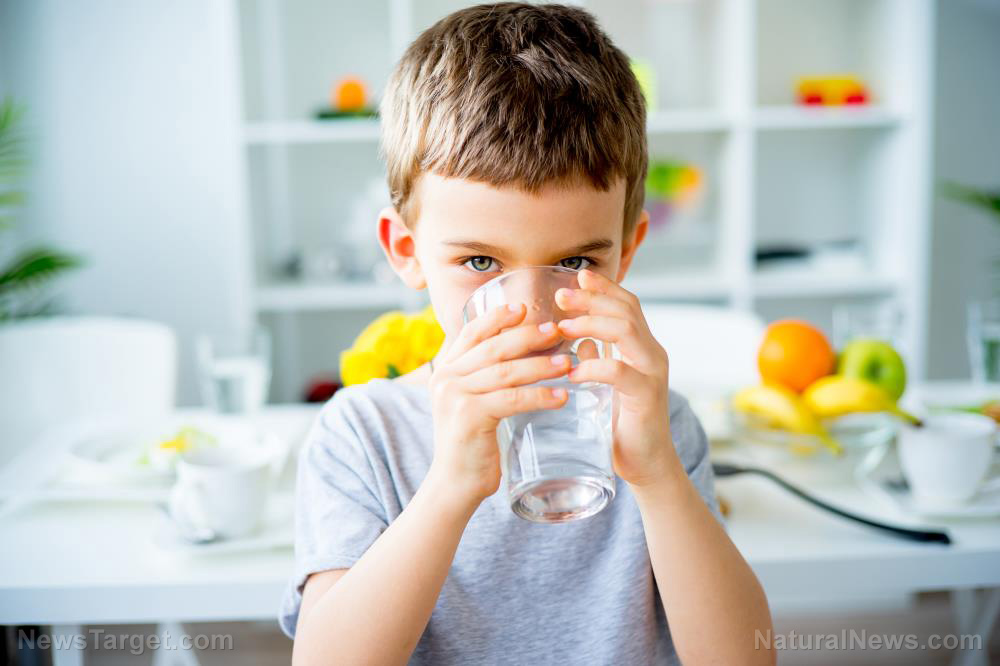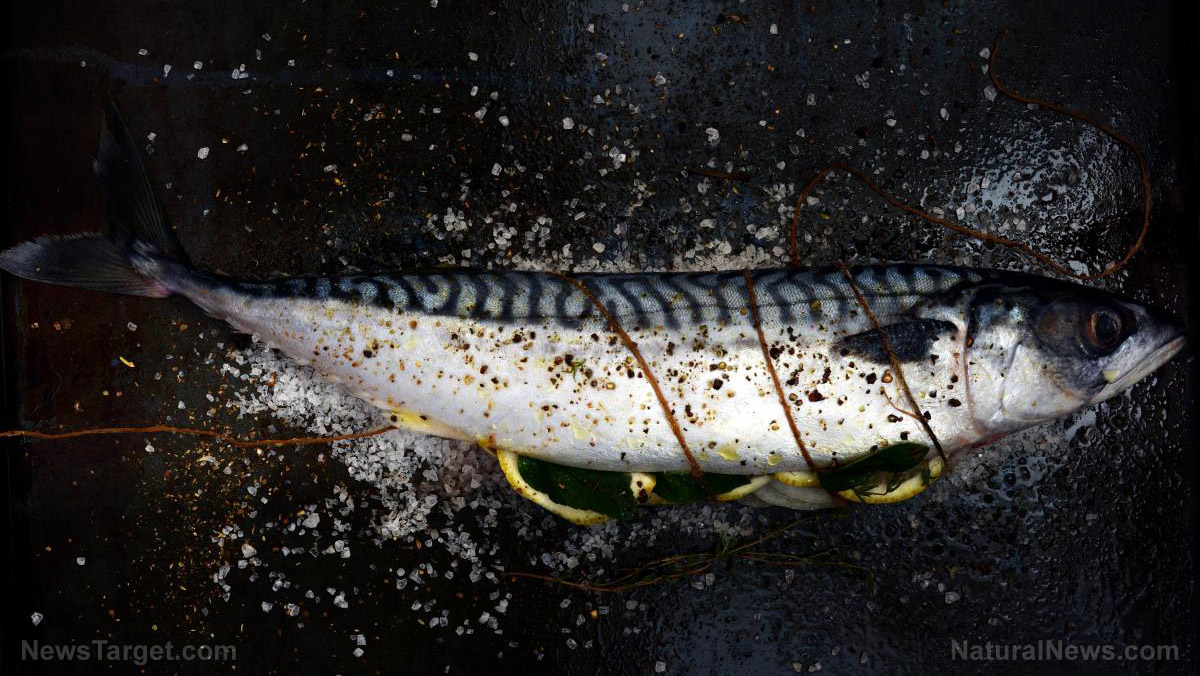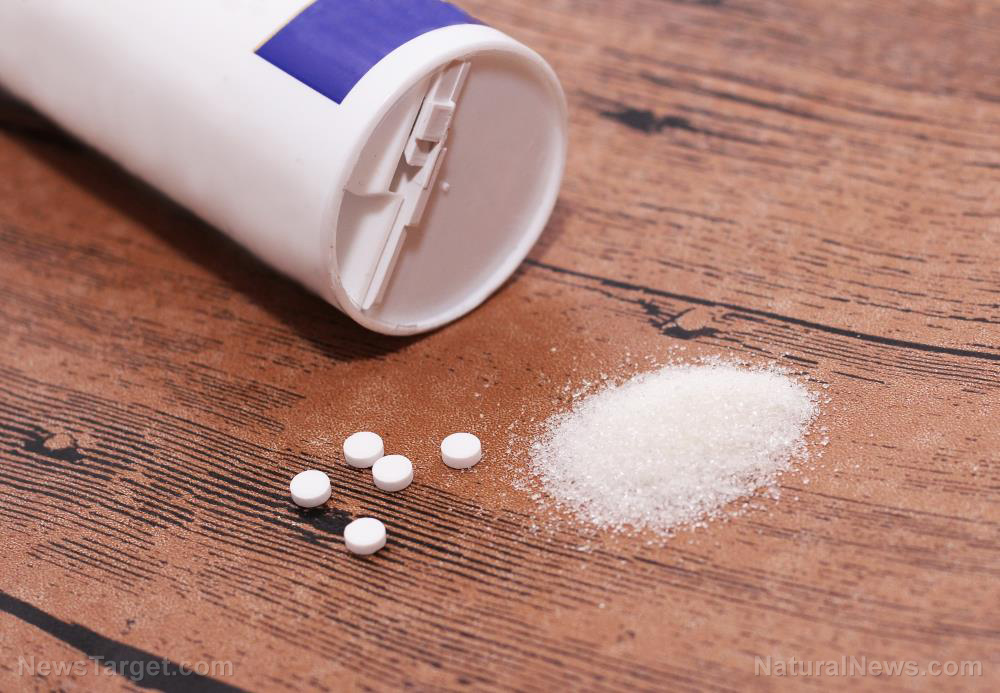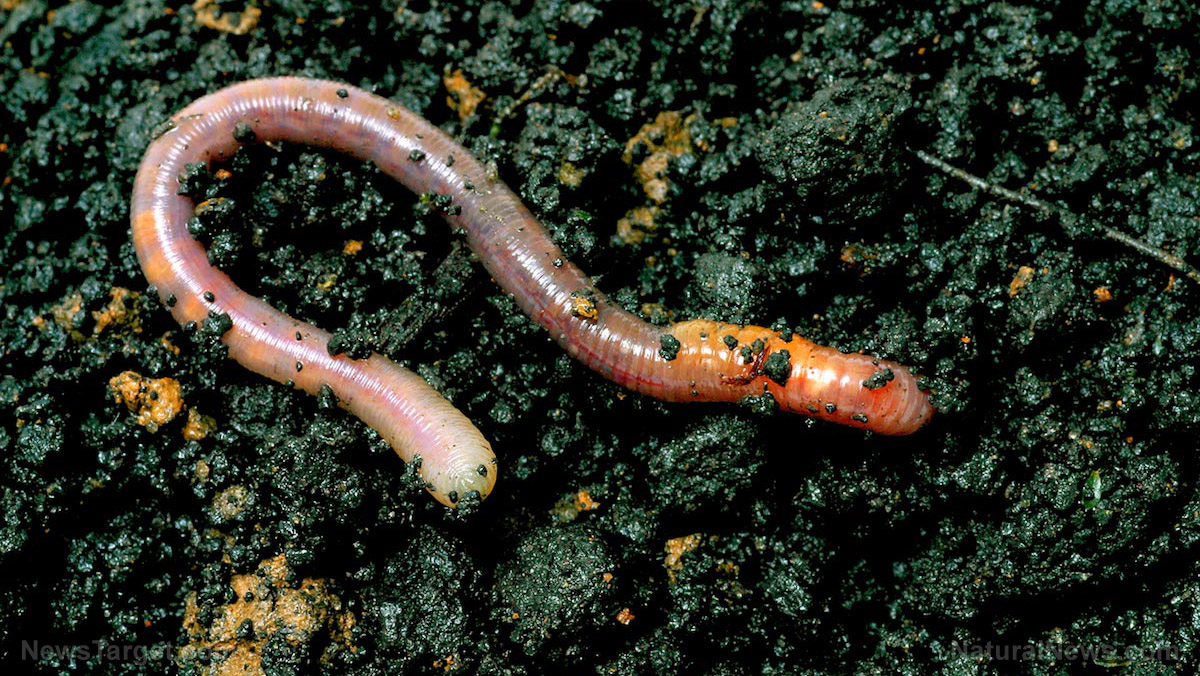Buyer beware: Your fruit juices may be FULL of heavy metals
07/20/2019 / By Isabelle Z.

If you’ve been filling up your children’s glasses with juice, happy in the knowledge that they’re consuming fruit somehow, you might want to hear about a new study that uncovered a hidden danger in these drinks. If the sugar content didn’t already put you off, the discovery of alarmingly high levels of heavy metals in many fruit juices should be enough to steer you away completely.
Scientists from Consumer Reports recently tested 45 different fruit juices that are sold throughout the United States, and they found heavy metals in nearly half of them. We’re not talking about trace amounts where you’d need to drink gallons of the juice to cause harm; the levels in some were high enough to be damaging with just 4 ounces of juice – or half a cup – per day!
While none of the juices were found to be entirely contamination-free, some were worse than others. Twenty-one of the 45 juices tested had concerning levels of lead, cadmium and inorganic arsenic, with “concerning” defined as amounts high enough that regular consumption can raise the risk of behavioral issues, some types of cancer, and other health issues. Grape juice and juice blends were some of the biggest offenders.
The presence of at least one heavy metal was found in each juice tested. Seven of them had heavy metal levels that could cause harm at half a cup per day, while nine could cause problems when drinking a cup per day.
When it comes to specific juices, Welsh’s 100% Juice with Antioxidant Superberry had the dubious distinction of being one of the worst, despite its name clearly trying to position it as being a healthy option. Welch’s White and Concord Grape juices didn’t perform much better.
Meanwhile, Whole Foods’ 100% Organic Grape Juice and the Great Value 100% Cranberry Grape juice from Walmart were also deemed potential risks because of their overall content of heavy metals.
It’s important to limit your exposure to toxic heavy metals
While it’s important to realize that heavy metals are naturally present in our water, air and soil – which is likely how they’ve made their way into juices in the first place – these amounts are generally low. However, they accumulate in the body over time and cause damage, so limiting your exposure is essential.
On top of the small amounts that are naturally present in some fruits, the method used to purify the water in the juice can make a difference; reverse osmosis can reduce heavy metals, for example. It’s also important to realize that some of the companies may be sourcing their fruit from areas of higher contamination than others.
Heavy metals build up in your body to raise the risk of behavioral problems like ADHD, heart disease, cancer, kidney damage, reproductive problems, and type 2 diabetes – not to mention a lowered IQ. Exposure has also been linked to Alzheimer’s, anemia, and autoimmune disorders. Children are especially vulnerable to these toxins because their nervous systems are still developing and their bodies are smaller. They are also often exposed to heavy metals from other sources, like rice, fish, and even infant formula, which can really add up over time.
Unfortunately, Consumer Reports says that more than 80 percent of parents who have children aged 3 or younger give them fruit juice at least sometimes, and 74 percent of them drink juice once per day or more.
There are lots of great reasons to limit your children’s juice consumption, from heavy metal contamination to the high calorie content and potential for tooth decay. Although the FDA has said it welcomed Consumer Reports’ data and that they plan to look into it as part of an effort to reduce exposure to toxic elements, it’s best to be proactive in limiting your kids’ exposure to heavy metals by using tests like these to make better decisions about what they eat and drink.
Sources for this article include:
Tagged Under: arsenic, cadmium, consumer reports, disease causes, fruit juice, juice, Lead, toxic ingredients
RECENT NEWS & ARTICLES
StopEatingPoison.com is a fact-based public education website published by Stop Eating Poison Features, LLC.
All content copyright © 2018 by Stop Eating Poison Features, LLC.
Contact Us with Tips or Corrections
All trademarks, registered trademarks and servicemarks mentioned on this site are the property of their respective owners.



















